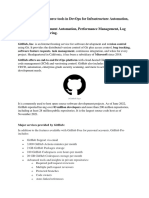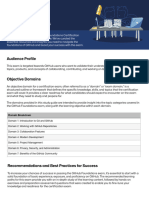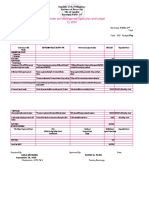0% found this document useful (0 votes)
243 views9 pagesComplete Guide To Utilizing GitHub For Automation
This guide outlines how to leverage GitHub for automation, hosting, data analytics, and API integrations through detailed steps and examples. It covers repository management, CI/CD workflows, static and dynamic site hosting, API development, and data processing using GitHub Actions and various tools. The guide serves as a comprehensive resource for efficiently building and deploying projects on GitHub.
Uploaded by
gaurav.singhCopyright
© © All Rights Reserved
We take content rights seriously. If you suspect this is your content, claim it here.
Available Formats
Download as DOCX, PDF, TXT or read online on Scribd
0% found this document useful (0 votes)
243 views9 pagesComplete Guide To Utilizing GitHub For Automation
This guide outlines how to leverage GitHub for automation, hosting, data analytics, and API integrations through detailed steps and examples. It covers repository management, CI/CD workflows, static and dynamic site hosting, API development, and data processing using GitHub Actions and various tools. The guide serves as a comprehensive resource for efficiently building and deploying projects on GitHub.
Uploaded by
gaurav.singhCopyright
© © All Rights Reserved
We take content rights seriously. If you suspect this is your content, claim it here.
Available Formats
Download as DOCX, PDF, TXT or read online on Scribd
/ 9
























































































